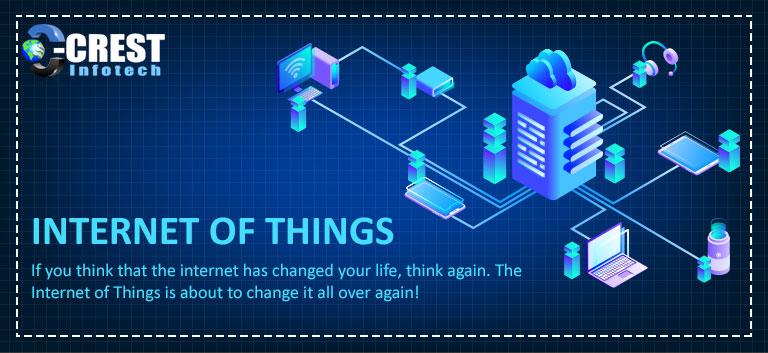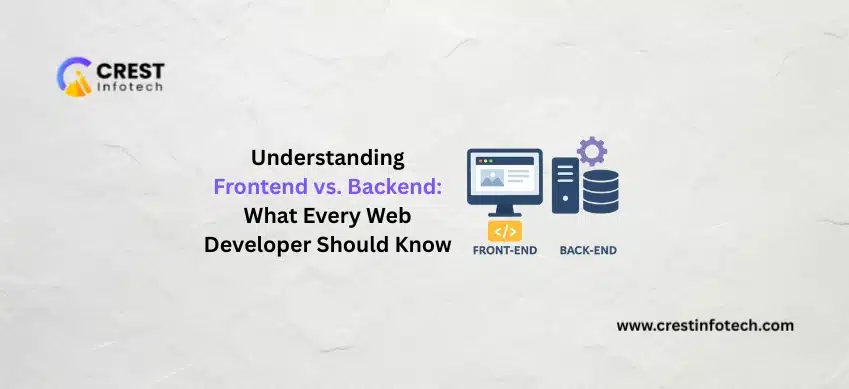What’s the IoT systems ?
The Internet of Things (IoT) identifies the network of physical objects equipped with sensors, software, and other technologies for the connection and sharing of data over the internet with other devices and systems. Such devices vary from ordinary household items to specialized industrial instruments.
Why does IoT matter so much?
Over the past few years, the IoT has been one of the most significant 21st century inventions. Now that everyday items, such as kitchen appliances, vehicles, thermostats, baby monitors, can be linked to the internet through embedded devices, seamless communication between people, processes and stuff is possible.
With minimal human interference, physical things can exchange and collect data through low-cost computing, the cloud, big data, analytics, and mobile technologies. Digital systems can log, track, and change each interaction between connected objects in this hyper connected world. The real world encounters, and they cooperate, with the digital world.
What are the top applications for the IoT?
A wide range of applications is driven by the ability of the IoT to provide sensor information as well as allow device-to-device communication. Some of the most common applications are the following and what they do.
Creating new production efficiencies by system control and product-quality monitoring. Machines can be monitored and analysed continuously to ensure that they work within the tolerances necessary. To detect and fix quality defects, goods can also be tracked in real time.
Improve physical asset monitoring and “ring-fencing” Tracking helps organizations to assess the position of assets easily. Ring-fencing helps them to ensure that they are safe from theft and removal of high-value properties.
For tracking human health analytics and environmental factors, use wearables. IoT wearable’s allow individuals to better understand their own health and help doctors to monitor patients remotely. This technology also helps businesses to control their employees’ health and safety, which is particularly useful for staff living in hazardous environments.
In current systems, to drive efficiencies and new possibilities. The use of IoT to improve performance and safety in fleet management is one example of this. IoT fleet tracking can be used by businesses to guide trucks in real time to increase performance.
Enable modifications to the business method. The use of IoT devices to track remote machine health and cause service calls for preventive maintenance is an example of this. The ability to track devices remotely is also allowing new business models of software-as-a-service, where consumers no longer need to purchase a product but pay for its use instead.
What is the IoT for Industry?
Industrial IoT (IIoT) refers to the implementation in industrial settings of IoT technology, especially with regard to the instrumentation and control of sensors and devices involved in cloud technologies. In order to achieve wireless automation and control, companies have recently used machine-to-machine communication.
But businesses will achieve a new automation layer with the advent of cloud and allied technology (such as analytics and machine learning) and generate new revenue and business models with it. The fourth wave of the industrial revolution is also called IIoT, or Industry 4.0.
For IoT, the following are some common uses:
- Manufacturing smart
- Maintenance, preventive and predictive
- Smart Grids of Electricity
- Smart Towns
- Logistics that are linked and smart
- Digital Smart Supply Chains
You can also Hire Dedicated Developer and Hire Dedicated Designers. Contact Crest Infotech to know more about Dedicated Development and Designing services in Details.



